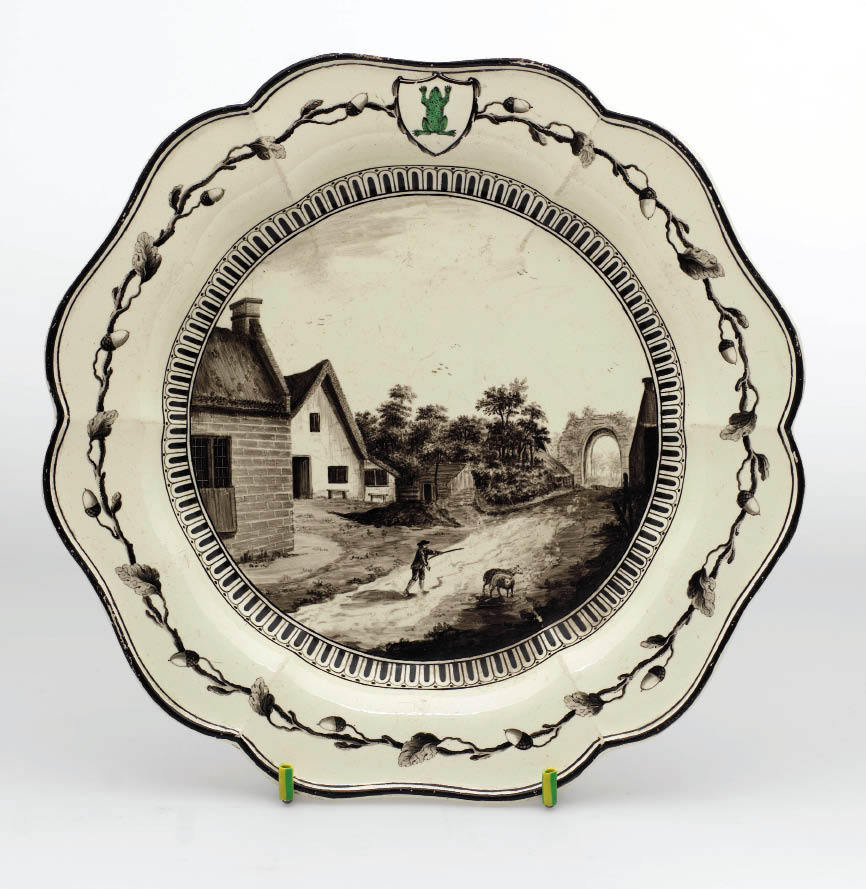We are fairly certain that the late Robert Maxwell never met the even later Josiah Wedgwood, but Cap’n Bob’s nefarious legacy is now being keenly felt by Wedgwood’s descendants. For it was in the aftermath of Maxwell’s plundering of the Mirror Group that the Pension Protection Fund was established to compensate pensioners in the wake of insolvency. And now this legislation is being used to asset-strip one of the great museums of England.
On the southern edge of Stoke-on-Trent stands the Wedgwood Museum, dedicated to ‘The People Who Have Made Objects of Great Beauty from the Soils of Staffordshire’. A museum that in 2009 won the £100,000 Art Fund Prize for museums and galleries, with judges praising it as a ‘brilliant snapshot’ highlighting the marriage of art, design, manufacturing and commerce.
Its origins can be traced back to Wedgwood himself who in 1774 wrote of how ‘I have often wish’d I had saved a single specimen of all the new articles I have made, and would now give twenty times the original value for such a collection. I am now, from thinking, and talking a little more upon this subject…resolv’d to make a beginning.’
And so he made a beginning on what is among the finest collections in the world with some 8,000 objects on display — from black jasper Portland designs to bone-china tea-sets and Robert Adam-designed vases — testifying both to Wedgwood’s genius and the company’s productivity. This is a commercial as much as aesthetic history, with succinct guides to earthenware, creamware and then jasper and basalt production as well as to the changing fads of rococo and neo-classical.
But the museum goes far beyond telling the life of the manufacturer, agitator, inventor, internationalist and salesman Josiah Wedgwood. It describes the advent of industrialisation, the nature of the English Enlightenment, and how the early ideals of the French Revolution reverberated throughout the UK.









Comments
Join the debate for just £1 a month
Be part of the conversation with other Spectator readers by getting your first three months for £3.
UNLOCK ACCESS Just £1 a monthAlready a subscriber? Log in